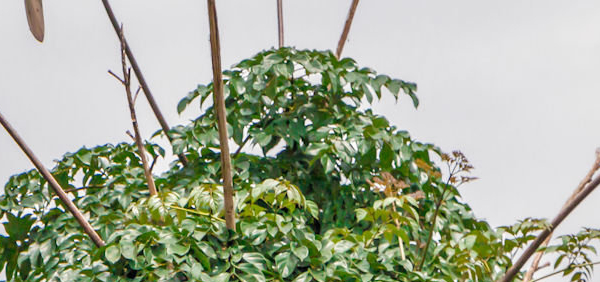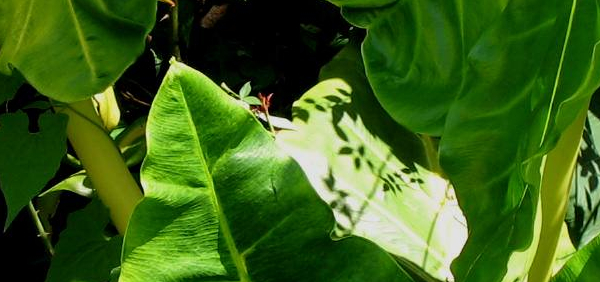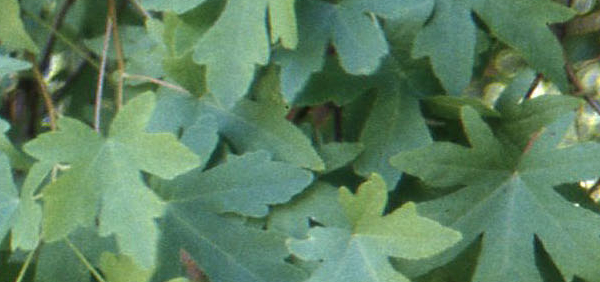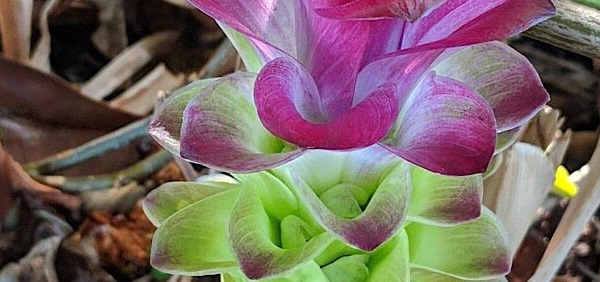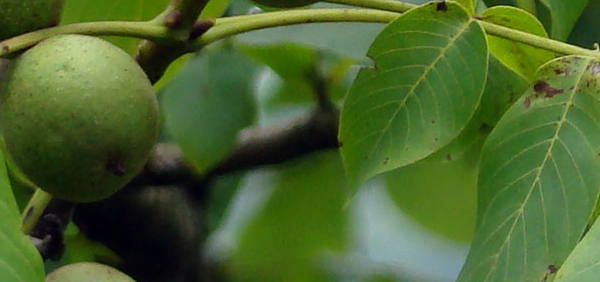hatichu :

Cultivation:
Commercial culture is limited to warm areas in USDA hardiness zone 7 and above. It requires good soil, regular watering and feeding, and frost protection in winter. Rooted suckers can be planted each year, so mature specimens can be disposed of after a few years, as each individual plant lives only a few years. The peak season for artichoke harvesting is the spring, but they can continue to be harvested throughout the summer, with another peak period in midautumn.
Propogation:
Artichokes can be produced from seeds or from vegetative means such as division, root cuttings, or micropropagation. Although technically perennials that normally produce the edible flower during only the second and subsequent years, certain varieties of artichokes can be grown from seed as annuals, producing a limited harvest at the end of the first growing season, even in regions where the plants are not normally winter-hardy. This means home gardeners in northern regions can attempt to produce a crop without the need to overwinter plants with special treatment or protection. The seed cultivar Imperial Star has been bred to produce in the first year without such measures. An even newer cultivar, Northern Star, is said to be able to overwinter in more northerly climates, and readily survives subzero temperatures.
Harvesting:
When harvested, they are cut from the plant so as to leave an inch or two of stem. Artichokes possess good keeping qualities, frequently remaining quite fresh for two weeks or longer under average retail conditions.









